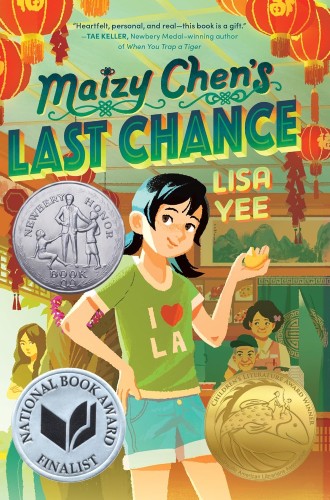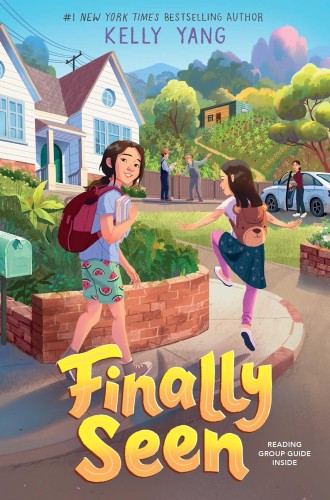
Maizy Chen’s Last Chance

You Are Here
Connecting Flights

Finally Seen
Living in Southeast Texas as a teenager, I belonged to one of the few Asian families in our small town. My parents owned a Chinese buffet, where I worked every Saturday and many evenings. Pentecostal groups, their women’s uncut hair in sweeping updos, settled on the place in droves after their evening services, just as we were about to close. A man wearing a “Jesus Is My Homeboy” baseball cap always came on weekends and ate unthinkable quantities of salt-and-pepper crab. When I came across Fifth Chinese Daughter, Jade Snow Wong’s autobiography about growing up in San Francisco’s Chinatown, and Amy Tan’s The Joy Luck Club, about immigrant mothers and their Chinese-American daughters, I clung to these books like scripture. I felt known through them, for more than just my family’s Americanized Chinese food.
Two decades later, I live far from my family’s old restaurant. Books featuring Asian American and Pacific Islander characters no longer feel like rare discoveries. I recently checked out one of Lisa Yee’s new chapter books, Maizy Chen’s Last Chance, from our public library for my husband to read aloud to our three half-Asian boys.
Twelve-year-old Maizy spends the summer helping at her grandparents’ Chinese restaurant in Minnesota, serving “ancient Chinese recipes” like fried cream cheese wontons. Unlike my family, who are first-generation immigrants, Maizy’s family descends from a man named Lucky Chen who came to San Francisco in 1869. Over the summer, Maizy’s ailing grandpa tells her Lucky’s story of finding work in a new country, confronting anti-Chinese violence, and eventually establishing himself as a valued resident of Last Chance, Minnesota. Meanwhile, Maizy encounters modern forms of racism and finds a community in her grandparents’ town.




